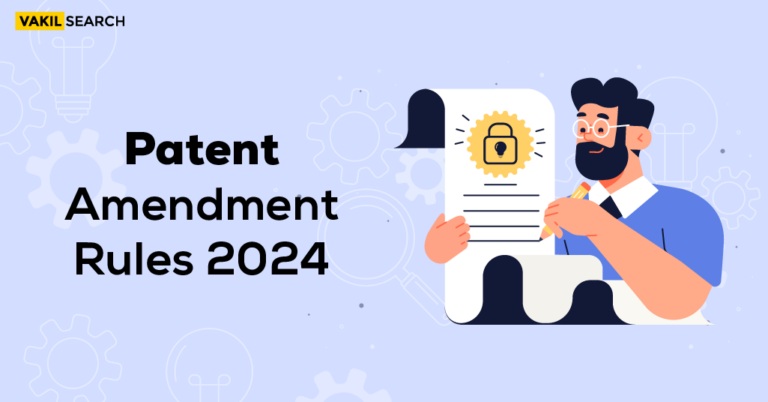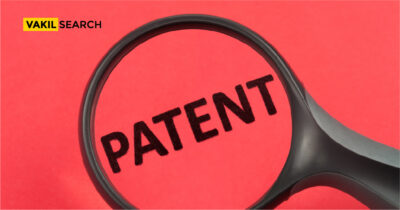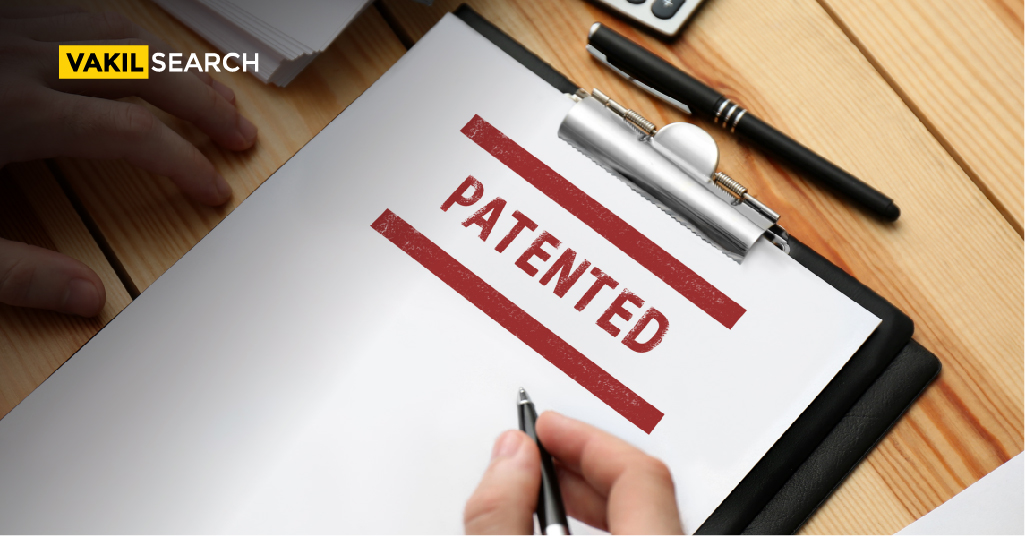The world of intellectual property can be very confusing to the ordinary individual. This has given rise to some myths, which this article will help you clear up.
Introduction
When it comes to protecting intellectual property, securing a patent is a crucial step for inventors and creators. Among various patent options, provisional patents are often misunderstood and surrounded by numerous myths. In this comprehensive blog, we will explore and debunk the common myths surrounding provisional patent applications. Understanding the facts can help inventors make informed decisions and protect their inventions effectively.
Common Myths about Provisional Patent Application
Below listed are the 7 common myths about provisional patent application:
Myth 1: Just a Quick and Dirty Provisional Patent Application Will Do
One of the most prevalent misconceptions is that a provisional patent application can be a hasty and inadequate filing. In reality, a provisional application must meet the same stringent criteria for enablement and description as a non-provisional application. While it provides a filing date and some benefits, an incomplete or poorly drafted provisional application may not serve its purpose when filing for a non-provisional patent.
Myth 2: You Can Apply for A Provisional Patent
Contrary to popular belief, there is no such thing as a provisional patent. A provisional application is not a patent itself but a temporary placeholder that allows inventors to establish a priority date for their invention. It provides the inventor with a one-year window to file a non-provisional application and claim the benefit of the provisional filing date.
Myth 3: Provisional Applications Cost Less than Non-Provisional Applications
While it is true that filing a provisional application may incur lower upfront costs, it is essential to consider the long-term expenses. After filing a provisional application, inventors must file a non-provisional application within a year to protect their invention fully. Therefore, the overall costs of securing a patent include both the provisional and non-provisional filing fees.
Myth 4: Provisional Applications Must Be Filed First
Inventors often believe that they must file a provisional application before a non-provisional one. However, there is no strict requirement for the order of filing. An inventor can directly file a non-provisional application without submitting a provisional application first. The choice depends on the specific circumstances and the urgency of obtaining protection for the invention.
Myth 5: Filing a Patent Application Is Arduous
While patent applications can be complex, time-consuming, and require careful attention to detail, the process is not impossible. With proper guidance from a patent attorney or agent, inventors can navigate the application process more smoothly and efficiently. Seeking professional help ensures that the application meets the legal requirements and enhances the chances of a successful outcome.
Myth 6: Provisional Patents Are Quick Alternatives to Patents
Another common myth is that provisional patents offer instant protection or a shortcut to obtaining a patent. In reality, a provisional application merely establishes a priority date and provides temporary protection. To obtain full patent protection, inventors must follow up with a non-provisional application within the one-year grace period.
Myth 7: Enabling Disclosure in Provisional Applications
Some inventors believe that they can get away with a vague description of their invention in the provisional application. However, to be effective, the provisional application must include sufficient enabling disclosure to describe the invention in detail. A lack of proper disclosure may result in the loss of priority rights and hamper the chances of obtaining a patent.
How To Apply For A Patent Application Online?
Applying for a patent online can streamline the process and make it more convenient for inventors. The exact steps and procedures may vary depending on the country or region, but generally, the online patent application process involves the following:
Conduct a Patent Search: Before filing a patent application, conducting a thorough patent search is essential to ensure that the invention is novel and not already patented.
Create an Account: Many patent offices require inventors to create an online account on their official website. This account will be used to manage the patent application process.
Prepare the Application Documents: Inventors must prepare all the necessary documents, including the description of the invention, drawings (if applicable), claims, and any other supporting materials.
File the Application: Once all the documents are ready, the inventor can submit the patent application online through the designated portal. The online filing process allows for immediate confirmation of submission.
Pay the Application Fees: Online patent applications require payment of application fees. The inventor can make the payment securely using various online payment methods.
Review and Respond: After the application is submitted, the patent office will conduct a review. The inventor may need to respond to any queries or requests for additional information during this stage.
Wait for Examination: The patent office will examine the application to determine if the invention meets the patentability requirements. This process may take some time, and the inventor will receive updates through the online portal.
How To Apply For A Patent Application Offline?
Apart from the online filing method, inventors can also opt for filing a patent application offline through the following means:
Physical Submission: Inventors can physically submit the required documents to the patent office by mail or courier. This method may be preferred by some inventors who are more comfortable with traditional paper-based processes.
In-person Filing: In some cases, inventors may choose to file the patent application in person at the patent office. This allows for direct interaction with the patent office staff and immediate acknowledgement of the submission.
Through Patent Attorneys: Many inventors choose to hire patent attorneys or agents to handle the filing process on their behalf. Patent attorneys have expertise in navigating the complexities of patent law and can ensure that the application is correctly prepared and filed.
FAQs on Provisional Patent:
1. What is the drawback of a provisional patent?
While provisional patents offer certain advantages, they also have drawbacks. One of the main drawbacks is that a provisional patent does not provide full patent protection on its own. To enjoy the benefits of a patent, the inventor must file a non-provisional application within one year. Additionally, if the provisional application is not properly drafted with enabling disclosure, it may not serve its intended purpose.
2. Is a provisional patent a good idea?
Filing a provisional patent can be a wise choice for inventors who need time to further develop their invention or secure funding. It allows them to establish an early filing date and use the term patent pending. However, inventors must keep in mind that a provisional patent alone does not provide long-term protection and must be followed up with a non-provisional application.
3. Can someone steal a provisional patent?
While it is not possible to steal a provisional patent as it is not a patent itself, publicly disclosing the invention without proper patent protection can jeopardise the inventor's rights. If the invention is not adequately protected, someone else may independently develop a similar product and file a patent application, potentially blocking the original inventor from obtaining a patent.
Conclusion
Provisional patents are subject to various myths that can lead inventors astray and potentially compromise their intellectual property rights. By understanding the realities behind these misconceptions, inventors can make informed decisions about the patent application process. Whether applying online or offline, seeking professional assistance, and ensuring proper enabling disclosure in the provisional application are crucial steps in securing effective patent protection. Ultimately, debunking these myths empowers inventors to protect their inventions and bring their innovative ideas to fruition.
Read more,
- Is a Provisional Patent Application Really Necessary?
- What Is a Patent and Provisional Patent?
- Time for Provisional Patent Approval










